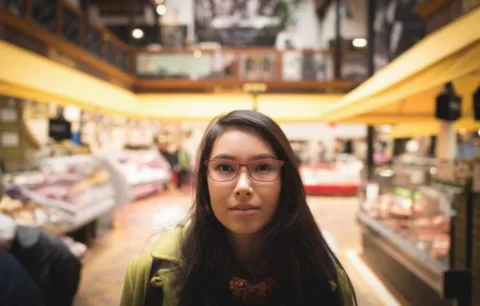I always knew that the bottom shelf of supermarkets held the best prices, but that fact was driven home in my weekly shopping trip this morning.
I had a coupon for jelly, so I decided to buy some. Jelly isn’t an item I purchase regularly because my daughter can consume the entire jar in 2 days, which cannot be healthy. But since I had the coupon, I decided to go ahead and get a jar.
I stopped in the aisle and investigated the jelly prices. On the shelf at eye-level, the jars of jelly were listed at $2.19. With my $.25 coupon, I knew I could save $.50 making the jar of jelly $1.69. I was not too impressed with this price for 20 oz. of grape jelly.
At this point, I remembered to look down.
It took me a few minutes to locate the larger jars of the same jelly, as they were about 6 feet to the right instead of directly below the smaller jars. When I did locate the 36 oz jars of jelly, I had to blink several times to make sure I was not crazy. I went as far as to stoop down to the level of the shelf and read the white price tag below the jars. It turned out that both jars of jelly matched their labels.
The reason for this close inspection is that the small jar of jelly cost more than the large jar of jelly! It made no logical sense, but there it was. Twenty ounces of jelly cost $2.19, and 36 ounces of jelly cost $1.99. Guess which size jar I purchased?!
From now on, I will always look at the items on the lower shelf and compare the price with larger jars whenever I’m shopping. I hope you remember this the next time you go grocery shopping, too.






